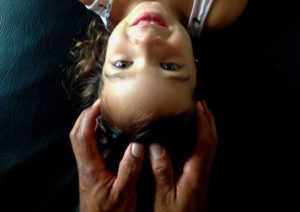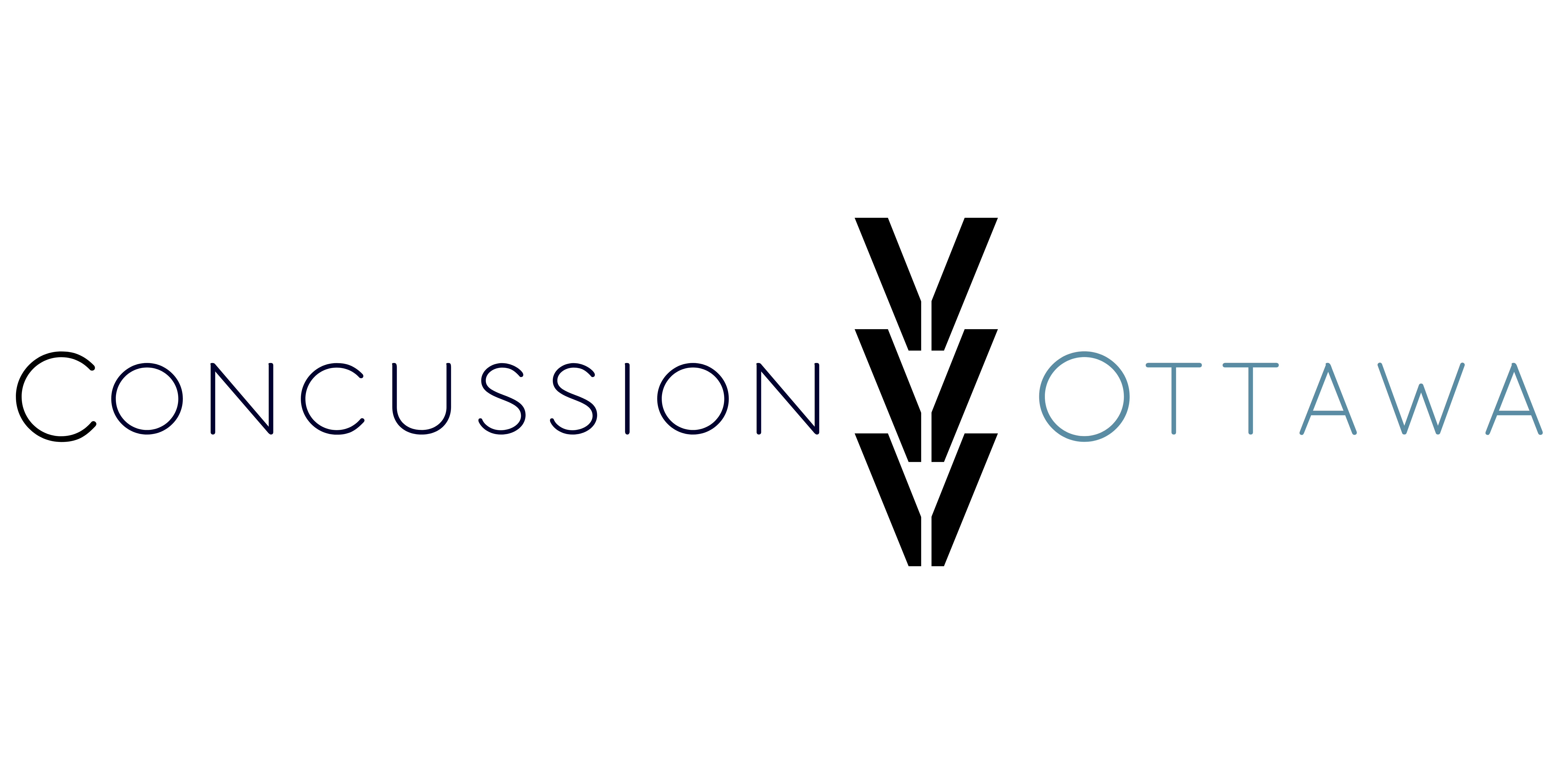what is
cranial
Acupressure?
For a while now I have noticed another common theme in my practice. Many patients are getting frustrated that they are not receiving the results they would like from the average doctor or healthcare provider. They have been everywhere and done everything and still have their health challenges. They are told, “Nothing can be done” or “They have to learn to live with it”, or “there could be worse things to have, so deal with it”.
I want you to know that everything has not been done until the skull and spine have been examined and the misalignments, joint restrictions and muscle tension have been corrected.
“We are not treating medical conditions, or using any medical protocols such as: drugs, surgery or placebos. We are only correcting the misalignments in the skull and joint restrictions in the spine as these can be part of the cause.” Dr.Turner
Now some of you may be wondering what is cranial acupressure?
When I first heard the term, I thought that the skull is a solid structure, how is it possible to adjust the skull? Is this Cranial Sacral?
Cranial adjusting focuses on understanding how the impact of a hit to the head affects the alignment of the structures of the skull. Receiving a force to the head can impact the brain in many ways. One effect is to slightly shift the position of the bones in the skull, which can put pressure under the area of impact.
 The C.A.T.S. cranial adjusting technique examines the sutures of the skull to find where the misalignments are and manually apply a force to bring the misalignment back in to position. The pressure used to do this can vary from person to person and always corresponds to their tolerance level.
The C.A.T.S. cranial adjusting technique examines the sutures of the skull to find where the misalignments are and manually apply a force to bring the misalignment back in to position. The pressure used to do this can vary from person to person and always corresponds to their tolerance level.
Since there is only a hundredth of an inch of space within the suture lines and that space is formed with tightly woven spicules of bone. Therefore, cranial adjusting does not produce massive movements of the cranial bones. Rather, a sustained flexion motion of the suture space along with the compression of the soft tissue structures is a more acceptable description.
Most frequently, patients report a dramatic sense of relief after a treatment. It is not uncommon to completely loose your headache during a treatment.
